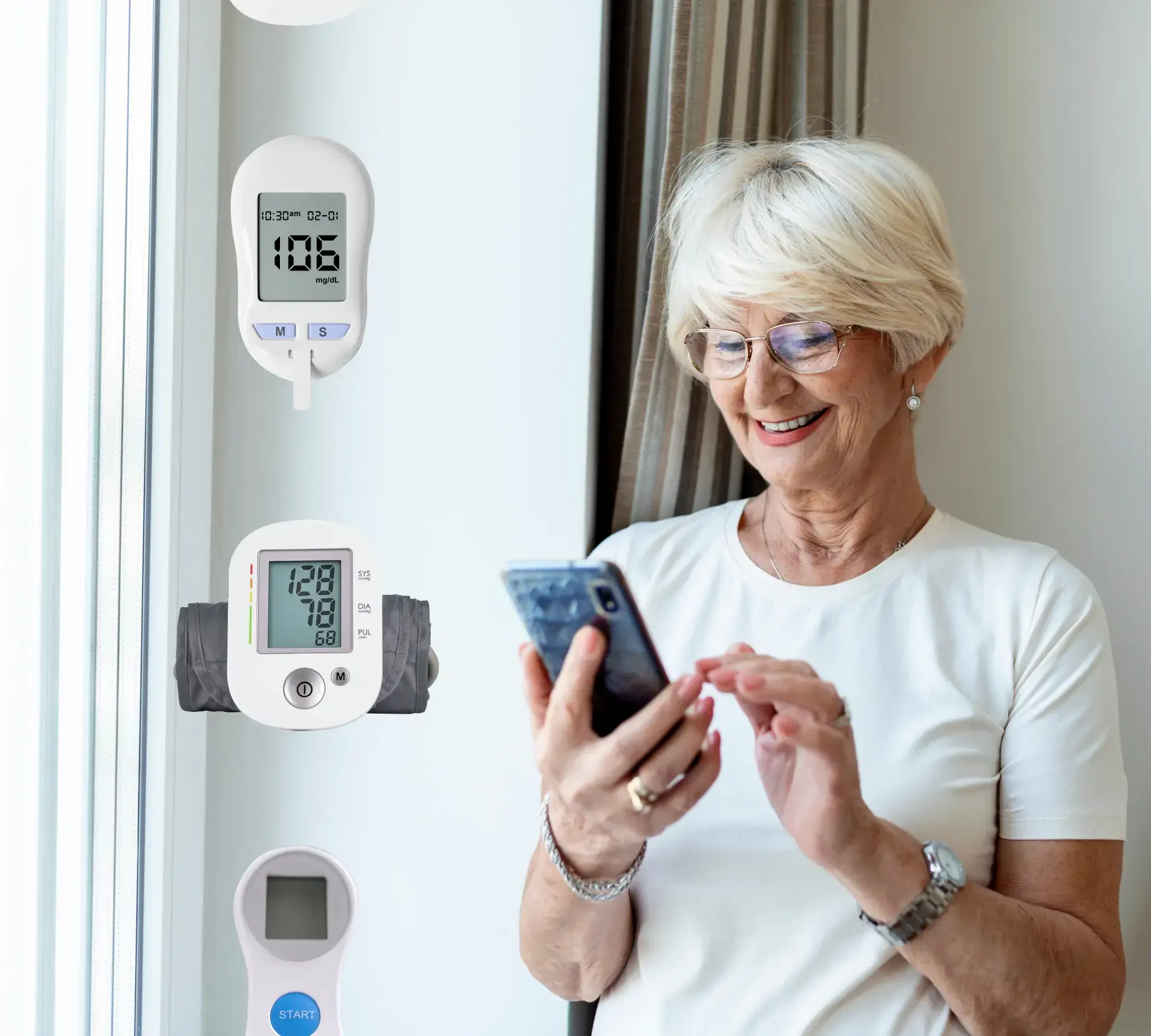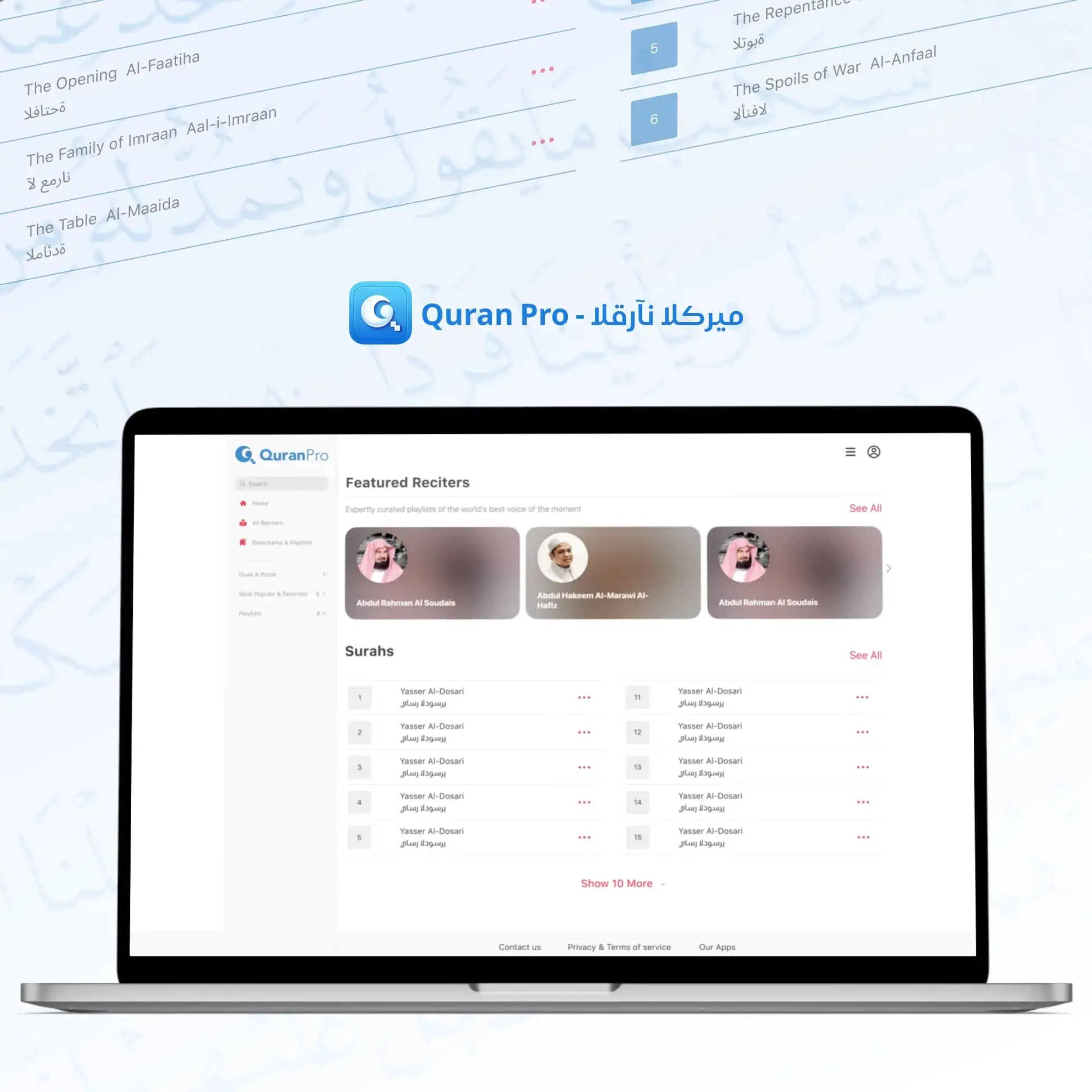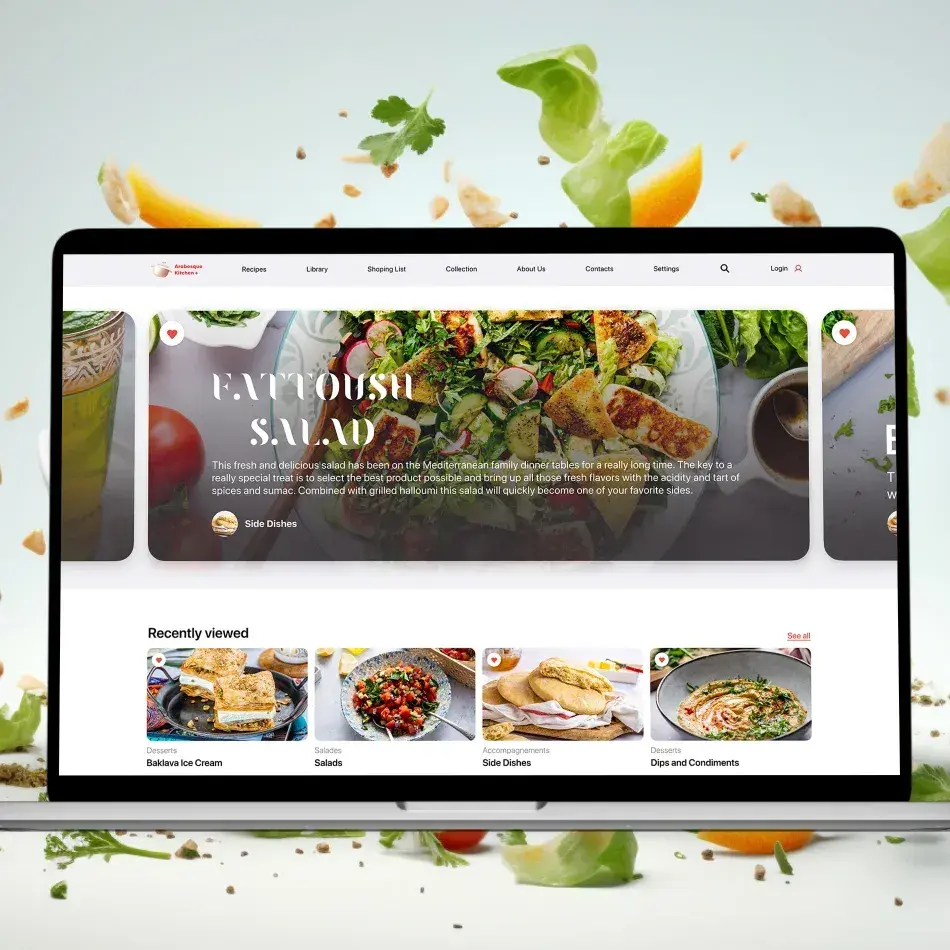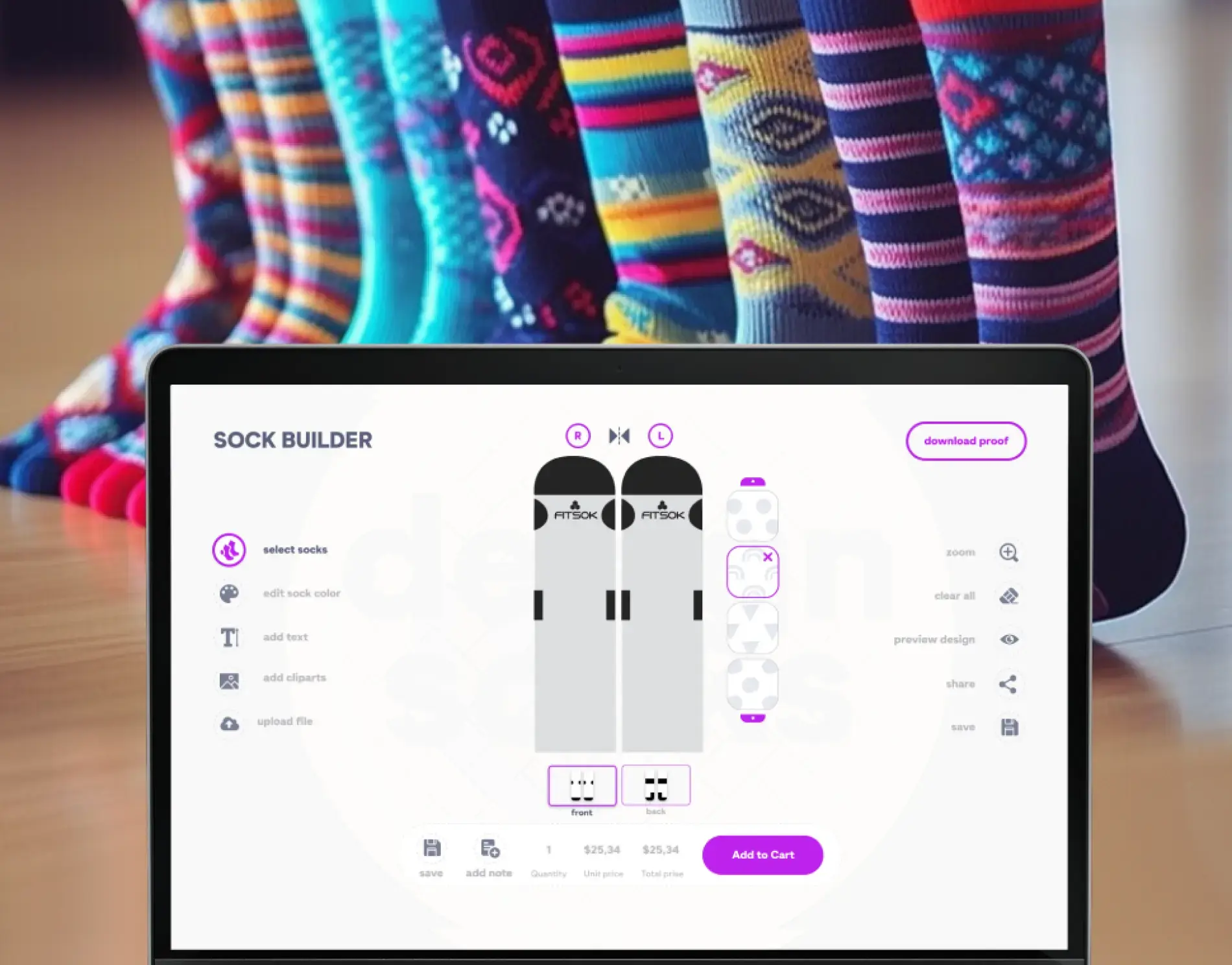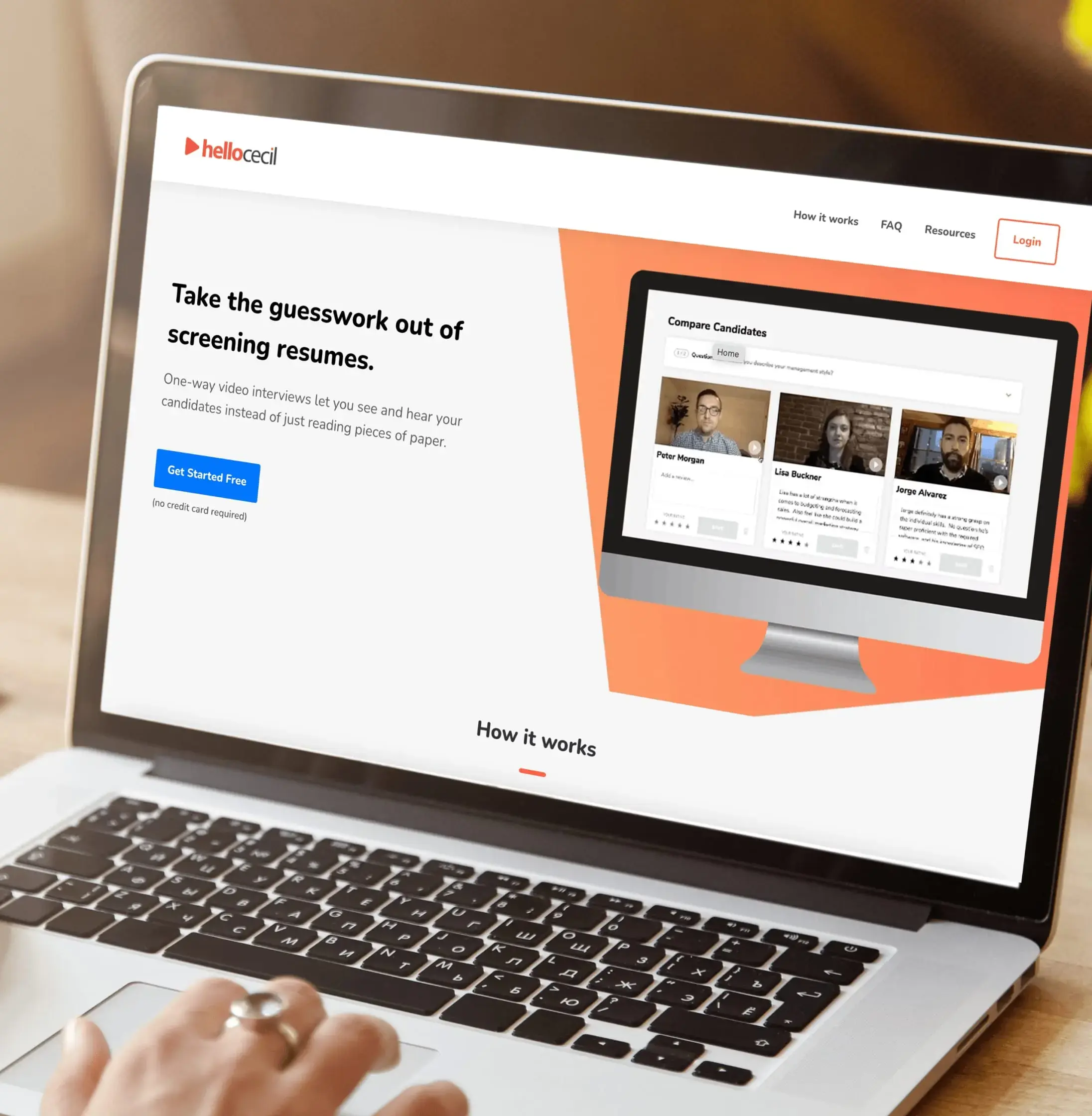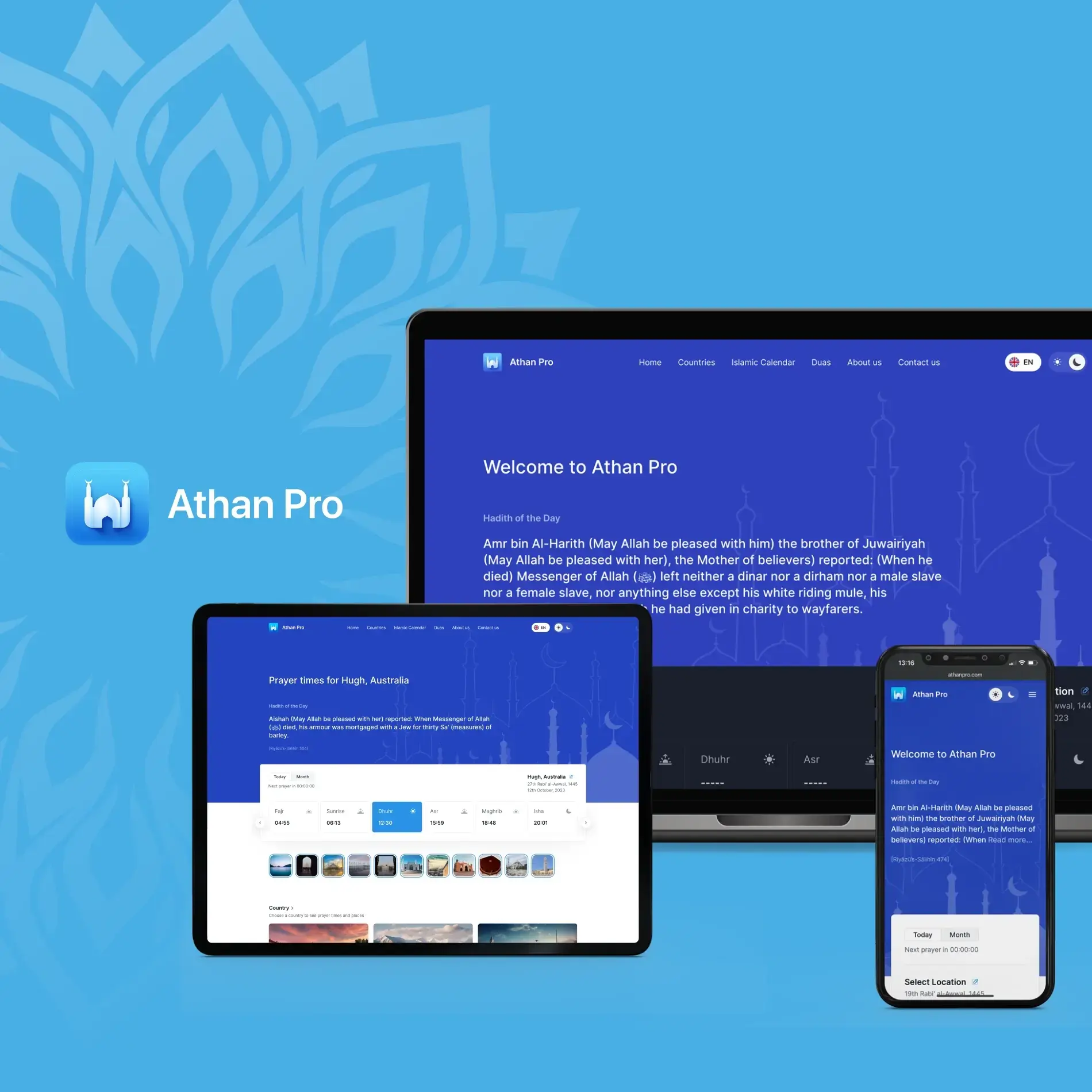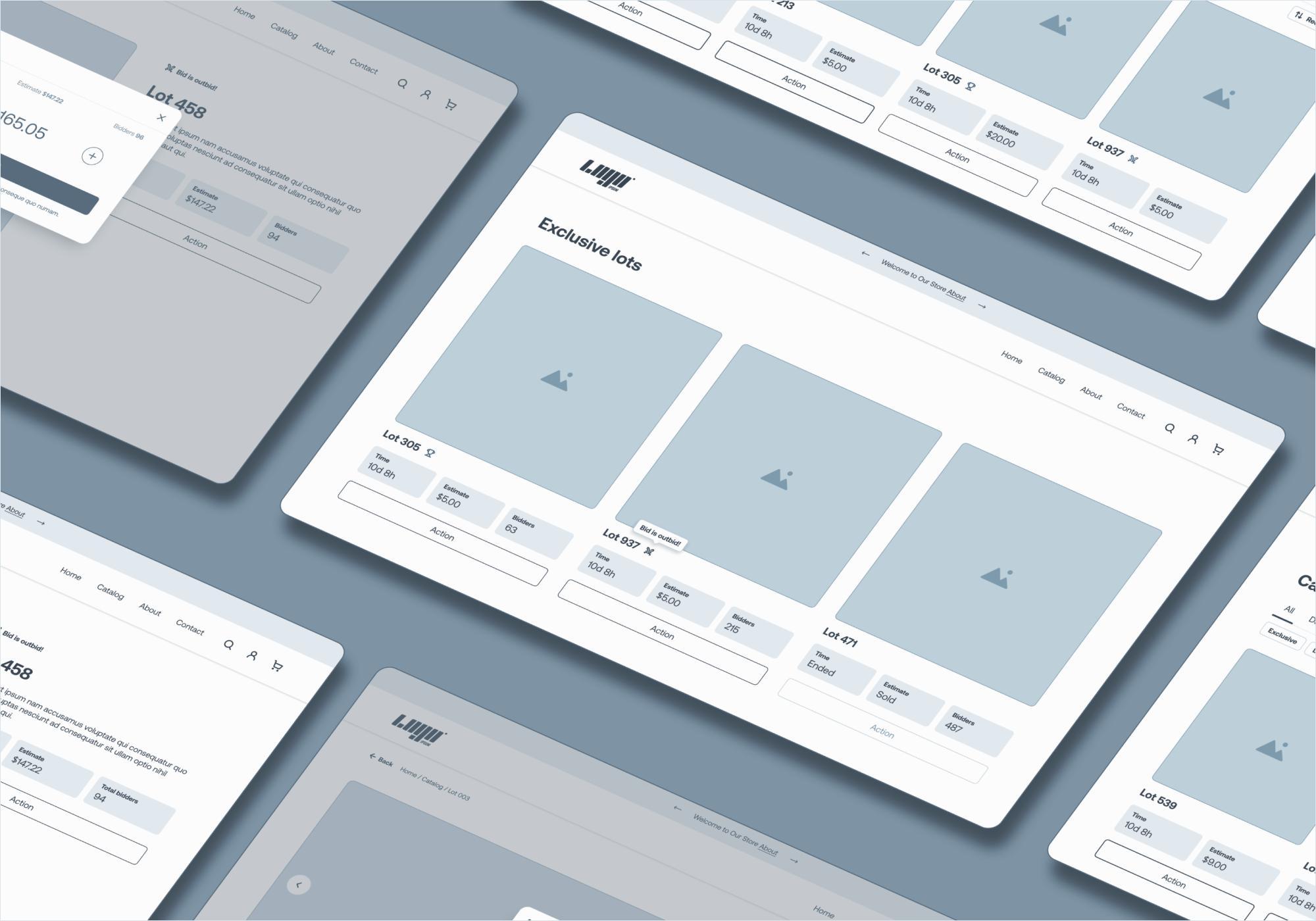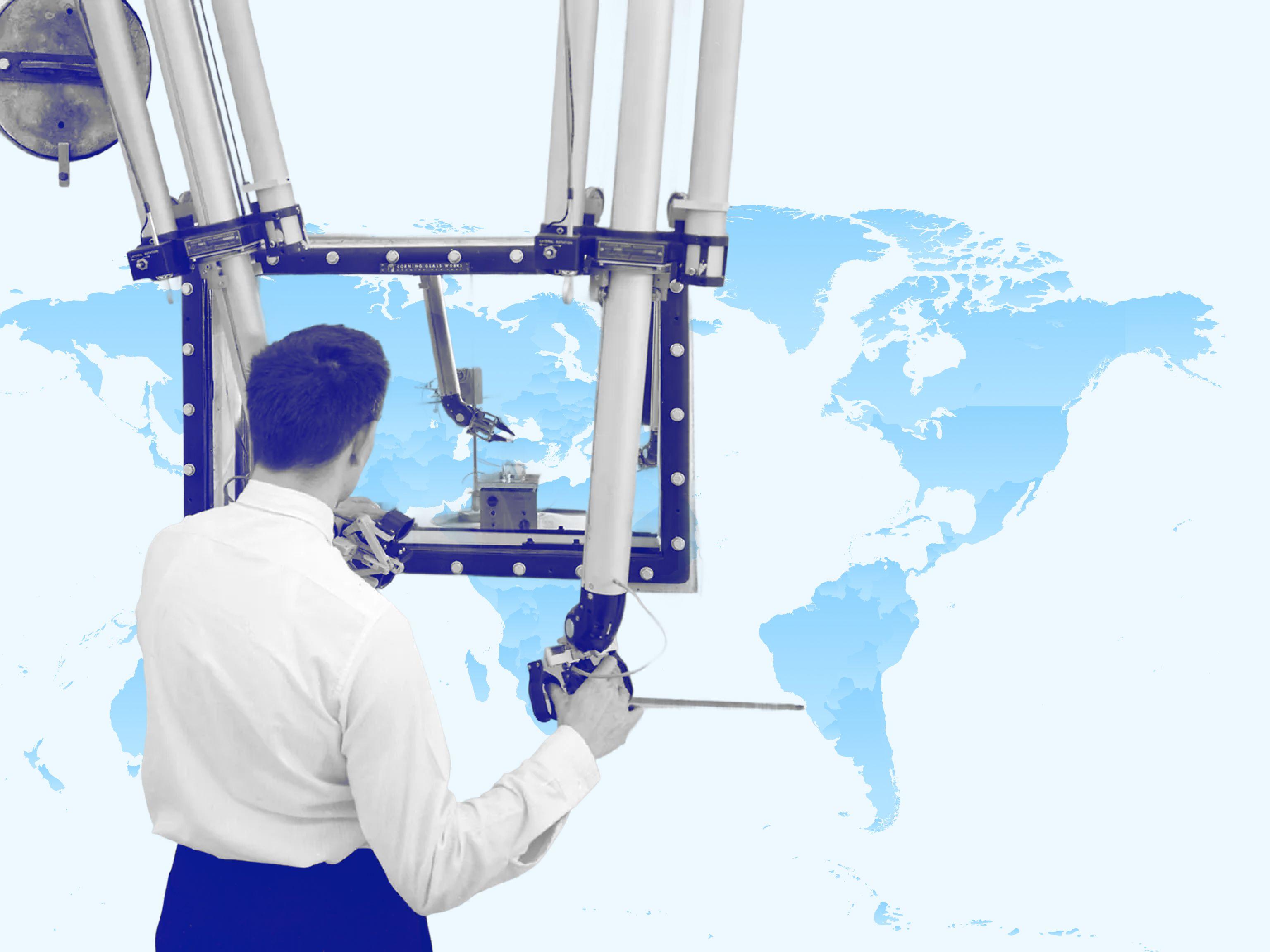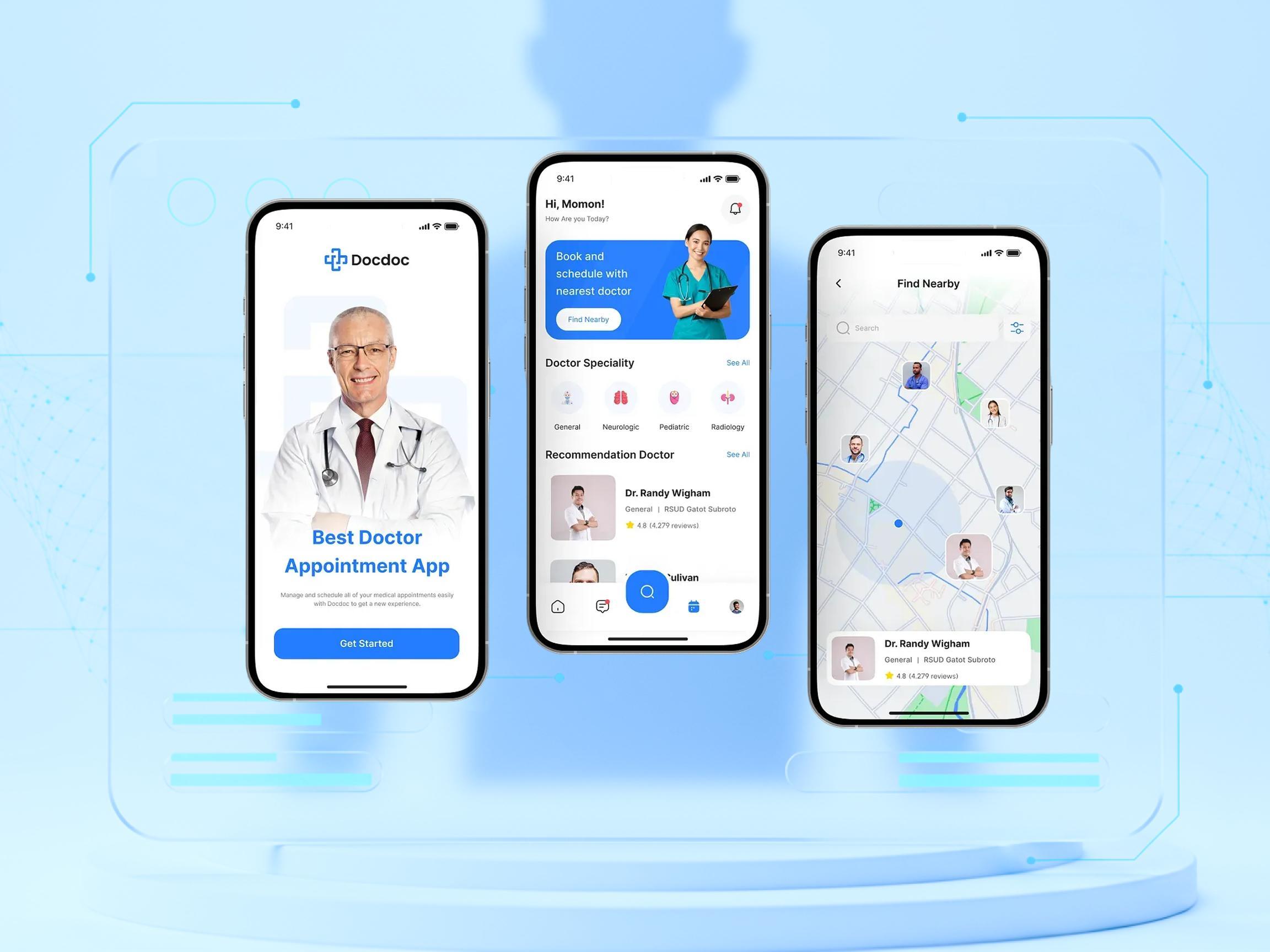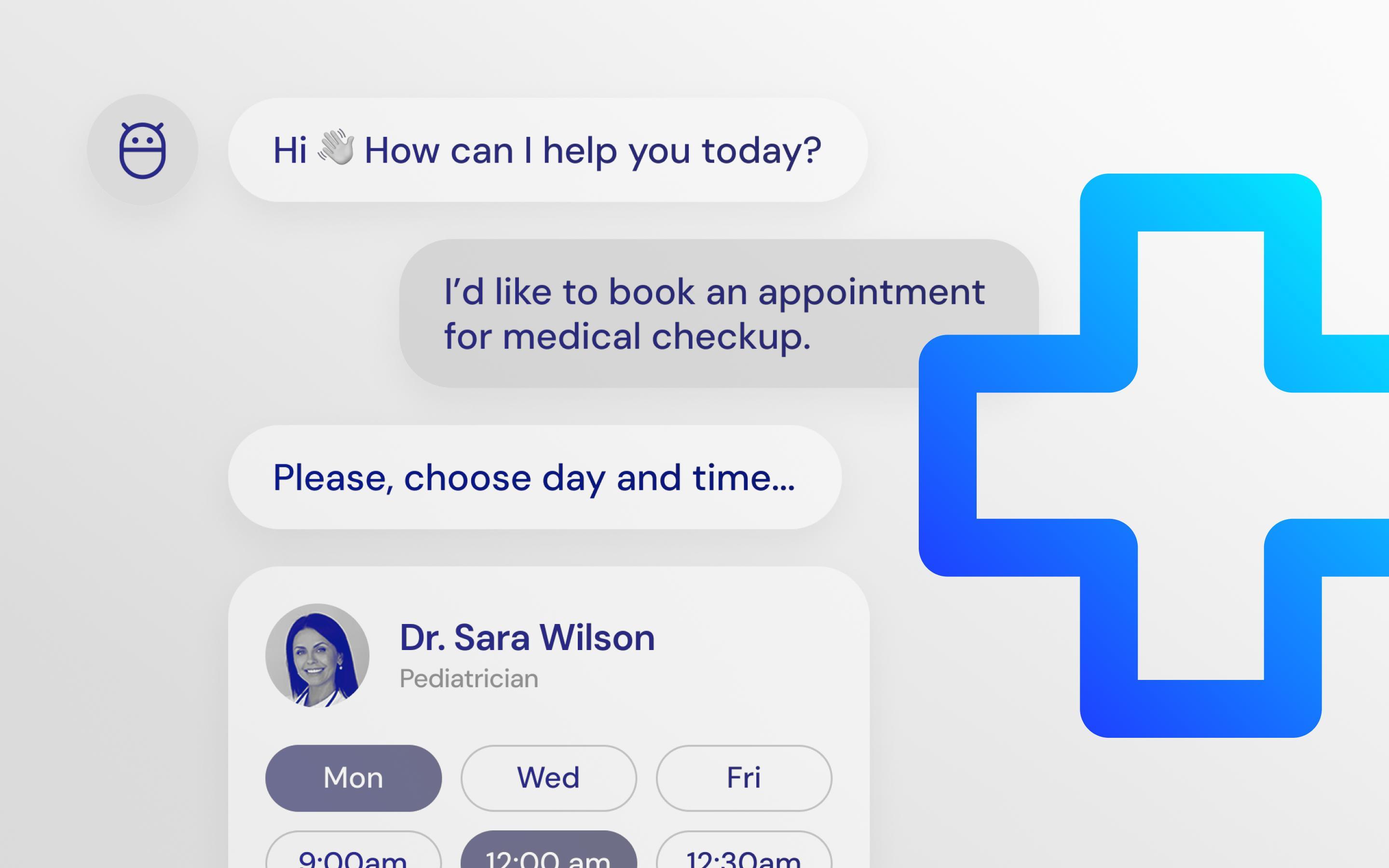
- Healthcare Software
Top 10 Ways Healthcare Chatbots Are Transforming Patient Care
Find out how chatbots in healthcare can impact patient wellness and satisfaction with treatment.
February 14, 2025 | Updated on November 24, 2025 | 10 min

Sergei Skirev
CTO at JetBase
Table of Contents
- What is a Healthcare Chatbot?
- Key Benefits of Chatbots in Healthcare
- 10 Healthcare Chatbots Use Cases
- Overcoming Challenges in Healthcare Chatbot Integration
- Examples of AI Chatbots in Healthcare
- The Future of AI Chatbots in Healthcare
- Ready to Implement Chatbots in Your Healthcare Practice?
- Need Help with Implementation?
- FAQ
Our Cases
Innovation isn’t just about ideas - it’s about execution, turning vision into reality, and creating solutions that truly make an impact. See what we’ve built and how it works:
- HealthCare
- Media & Entertainment
- eCommerce
- Amazon Web Services
- Cloud Cost Optimization
- Serverless Application
- Retail
- HealthCare
- Media & Entertainment
- eCommerce
- Amazon Web Services
- Cloud Cost Optimization
- Serverless Application
- Retail

